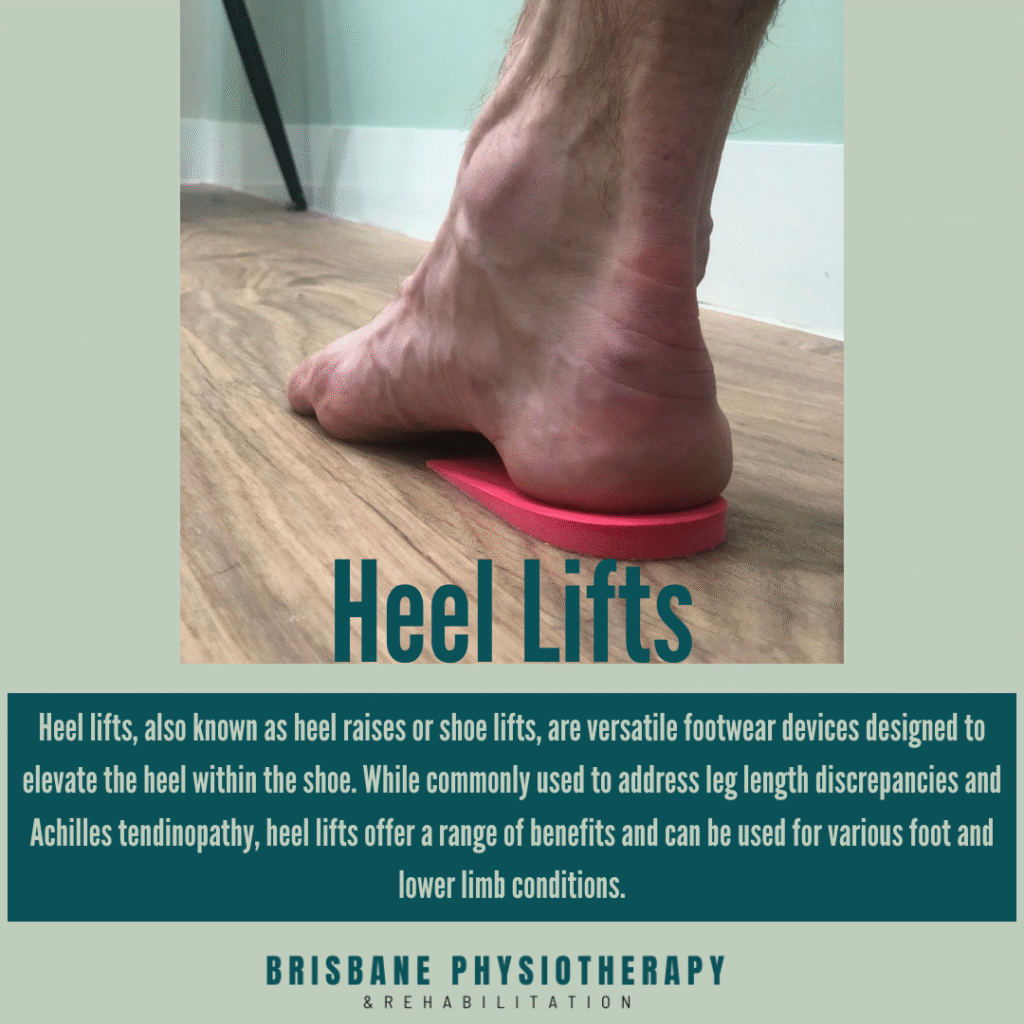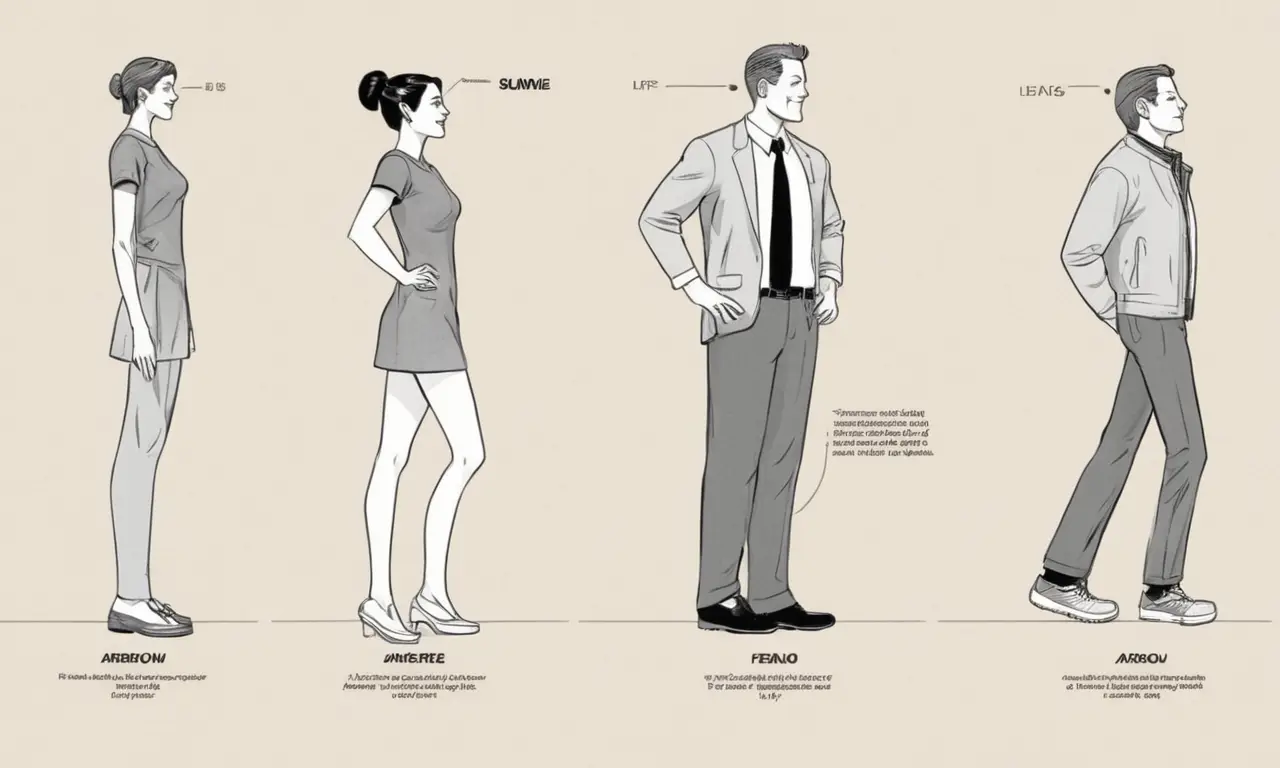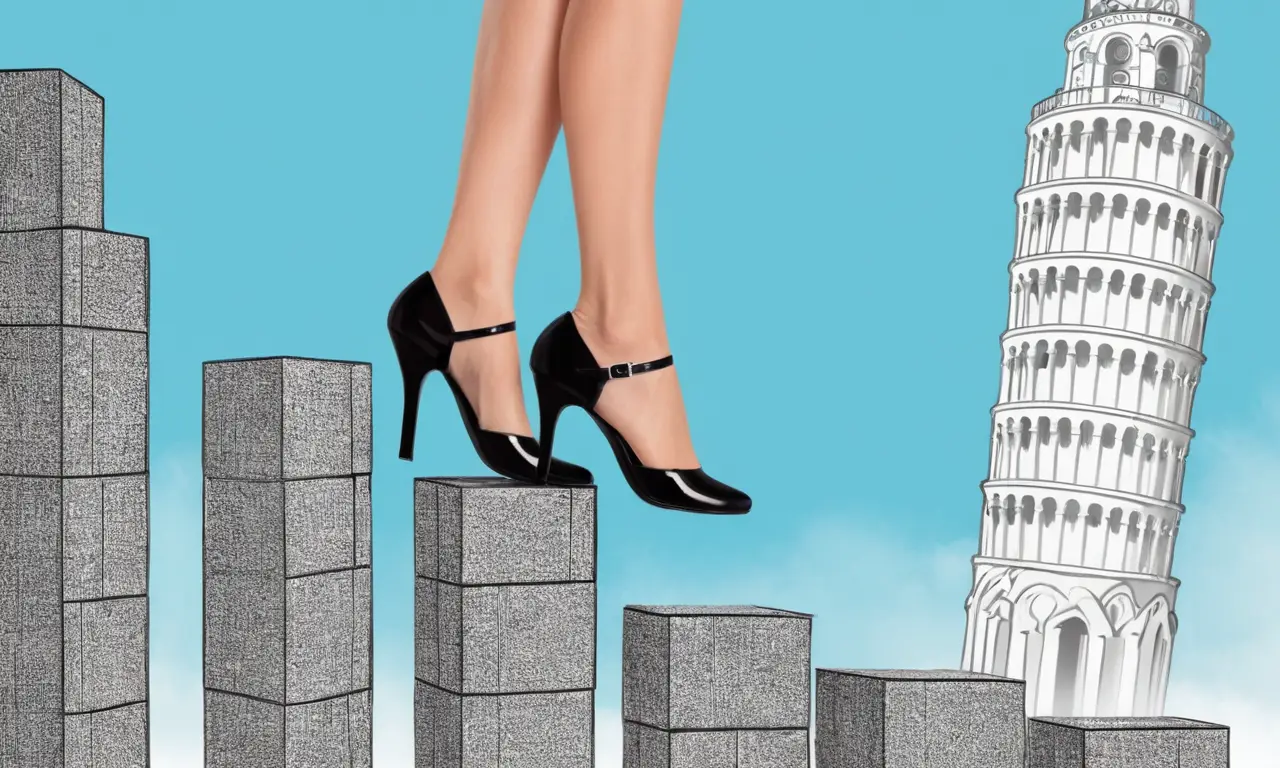
Many people consider shoe lifts as a simple way to gain height, potentially boosting confidence and altering their appearance. However, it’s crucial to understand the potential impact of shoe lifts on your posture and balance. While they might offer a temporary increase in stature, they can also lead to unintended consequences for your body mechanics. This article delves into the relationship between shoe lifts, height increase, and the subsequent effects on posture, balance, and compensatory movements.
This comprehensive guide will explore how shoe lifts alter your center of gravity, leading to changes in posture and potential imbalances. We’ll examine the compensatory mechanisms your body employs to maintain stability and discuss the long-term implications of these adjustments. By understanding these connections, you can make informed decisions about using shoe lifts and prioritize your overall well-being.
Shoe Lifts and Height Increase
Shoe lifts are designed to add height to your footwear, typically by incorporating a wedge or platform into the sole. This elevation can range from a few millimeters to several centimeters, depending on the desired effect. While seemingly innocuous, this increase in height significantly impacts your body’s alignment and balance.
When you wear shoe lifts, your center of gravity shifts upward, altering the distribution of weight across your body. This change disrupts the natural equilibrium established by your muscles and joints, forcing your body to adapt to maintain stability. The increased height at the front of your feet can also create an imbalance, tilting your pelvis forward and potentially affecting your spinal alignment.
Posture Changes with Shoe Lifts

The altered center of gravity caused by shoe lifts often leads to noticeable changes in posture. As your body tries to compensate for the added height, you might find yourself leaning forward slightly to maintain balance. This forward lean can strain your back muscles and ligaments, potentially leading to discomfort or pain over time.
Furthermore, the increased height at the front of your feet can cause your shoulders to round forward as your body attempts to counterbalance the shift in weight. This rounded shoulder posture can contribute to tightness in your chest muscles and a decrease in lung capacity. Additionally, the altered alignment can affect your neck position, potentially leading to headaches or stiffness.
Balance and Stability Effects
The increased height provided by shoe lifts can significantly impact your balance and stability. Your body relies on a complex interplay of sensory input, muscle activation, and joint coordination to maintain equilibrium. When your center of gravity shifts due to shoe lifts, this delicate balance is disrupted.
You might experience a feeling of instability or find it more challenging to perform tasks that require precise movements, such as walking on uneven surfaces or participating in sports activities. The altered weight distribution can also increase the risk of falls, particularly for individuals with pre-existing balance issues.
Compensatory Movements

To counteract the effects of shoe lifts and maintain stability, your body initiates compensatory movements. These adjustments often involve subtle shifts in muscle activation and joint positioning to compensate for the altered center of gravity.
While these compensatory mechanisms are initially effective, prolonged use of shoe lifts can lead to overuse injuries and muscle imbalances. The constant strain on specific muscles and joints can result in pain, stiffness, and reduced range of motion. Additionally, these adaptations might affect your natural gait and walking pattern, potentially leading to long-term biomechanical issues.
Conclusion
While shoe lifts may offer a temporary boost in height, it’s essential to be aware of their potential impact on your posture, balance, and overall well-being. The increased height can disrupt your body’s natural alignment, leading to compensatory movements and potential imbalances.
Prolonged use of do shoe lifts make you lean forward can strain muscles, ligaments, and joints, potentially causing discomfort, pain, and long-term biomechanical issues. If you choose to wear shoe lifts, consider limiting their use and prioritizing exercises that strengthen your core muscles and improve balance. Consulting with a healthcare professional or physical therapist can provide personalized guidance on managing the effects of shoe lifts and maintaining optimal posture and stability.
